
How to Use XL6015 BUST CONVERTOR : Examples, Pinouts, and Specs
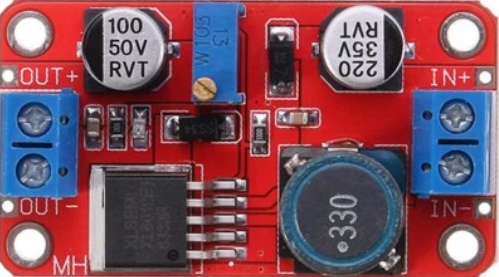
 Design with XL6015 BUST CONVERTOR in Cirkit Designer
Design with XL6015 BUST CONVERTOR in Cirkit DesignerIntroduction
The XL6015 is a high-efficiency step-down (buck) voltage regulator designed to convert a higher input voltage to a stable, lower output voltage. It is widely used in power supply applications to provide reliable and efficient voltage regulation for various electronic devices. With its high current-handling capability and adjustable output voltage, the XL6015 is ideal for powering microcontrollers, sensors, LED drivers, and other low-voltage circuits.
Explore Projects Built with XL6015 BUST CONVERTOR
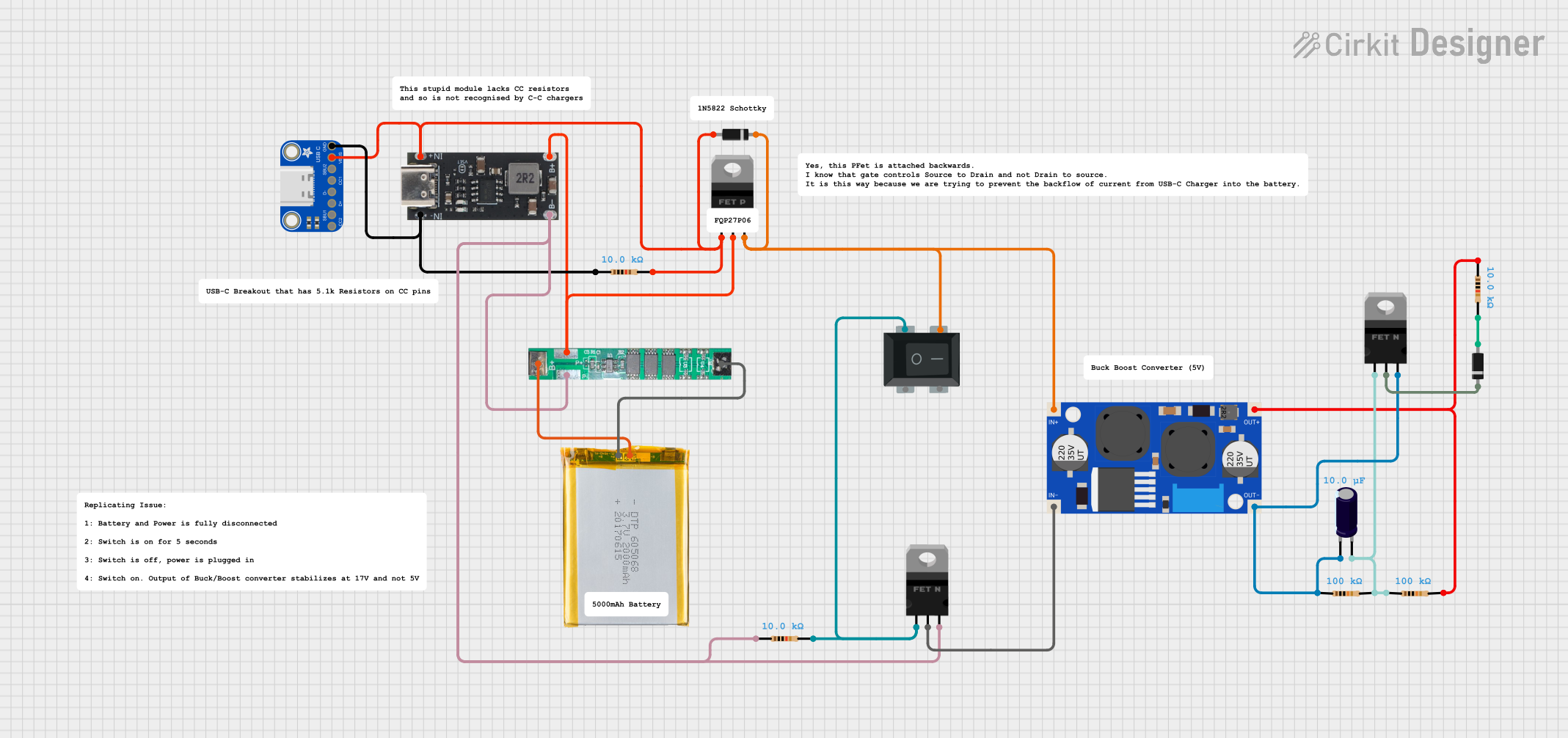
 Open Project in Cirkit Designer
Open Project in Cirkit Designer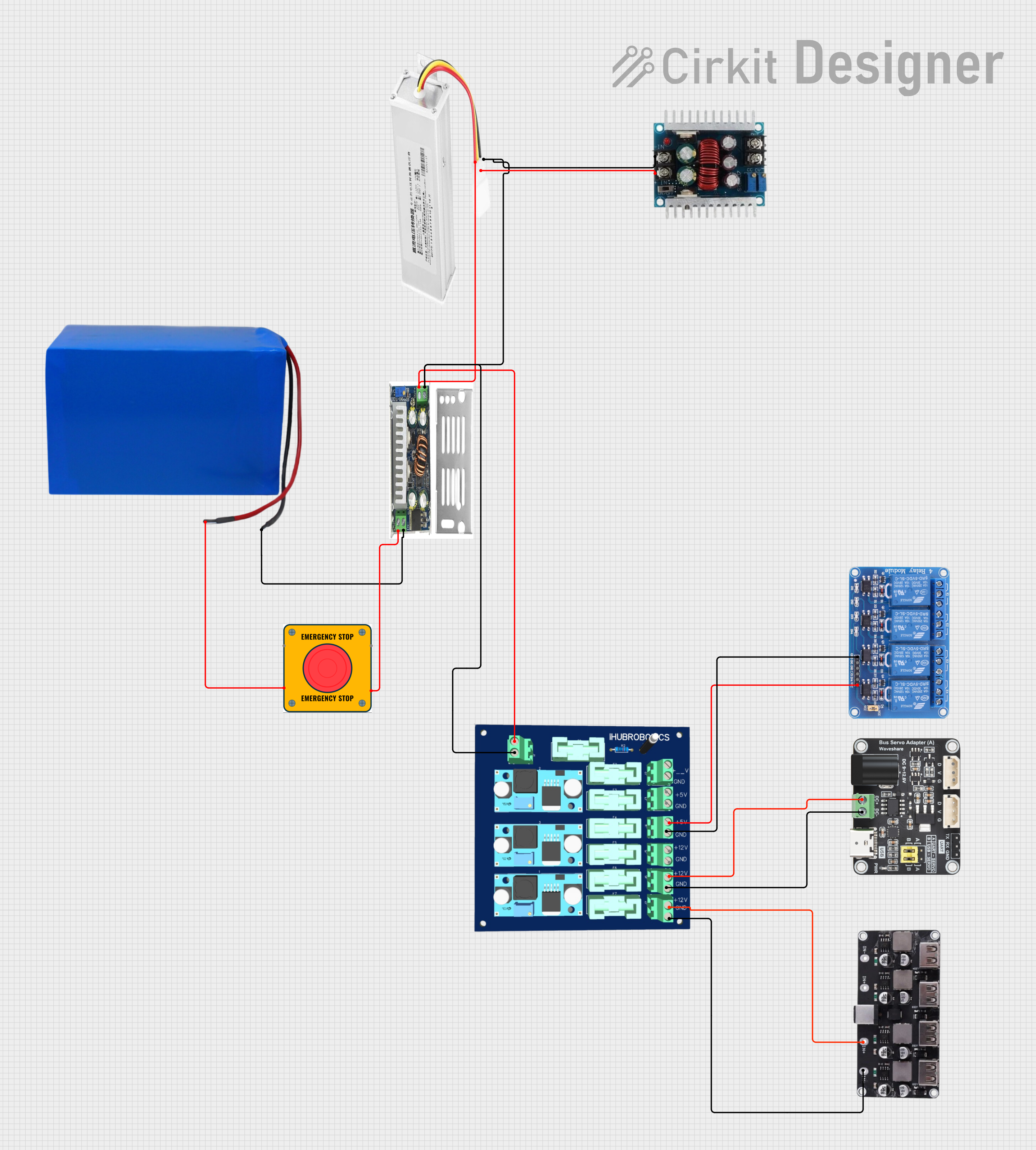
 Open Project in Cirkit Designer
Open Project in Cirkit Designer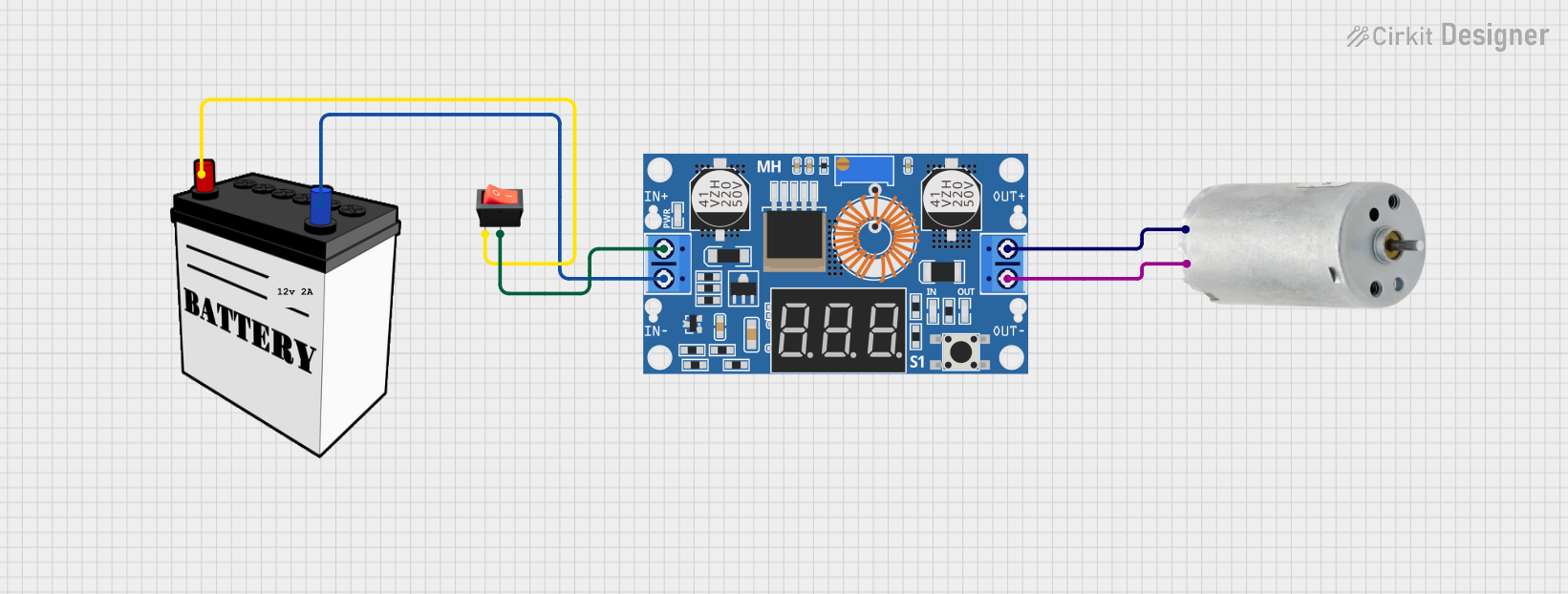
 Open Project in Cirkit Designer
Open Project in Cirkit Designer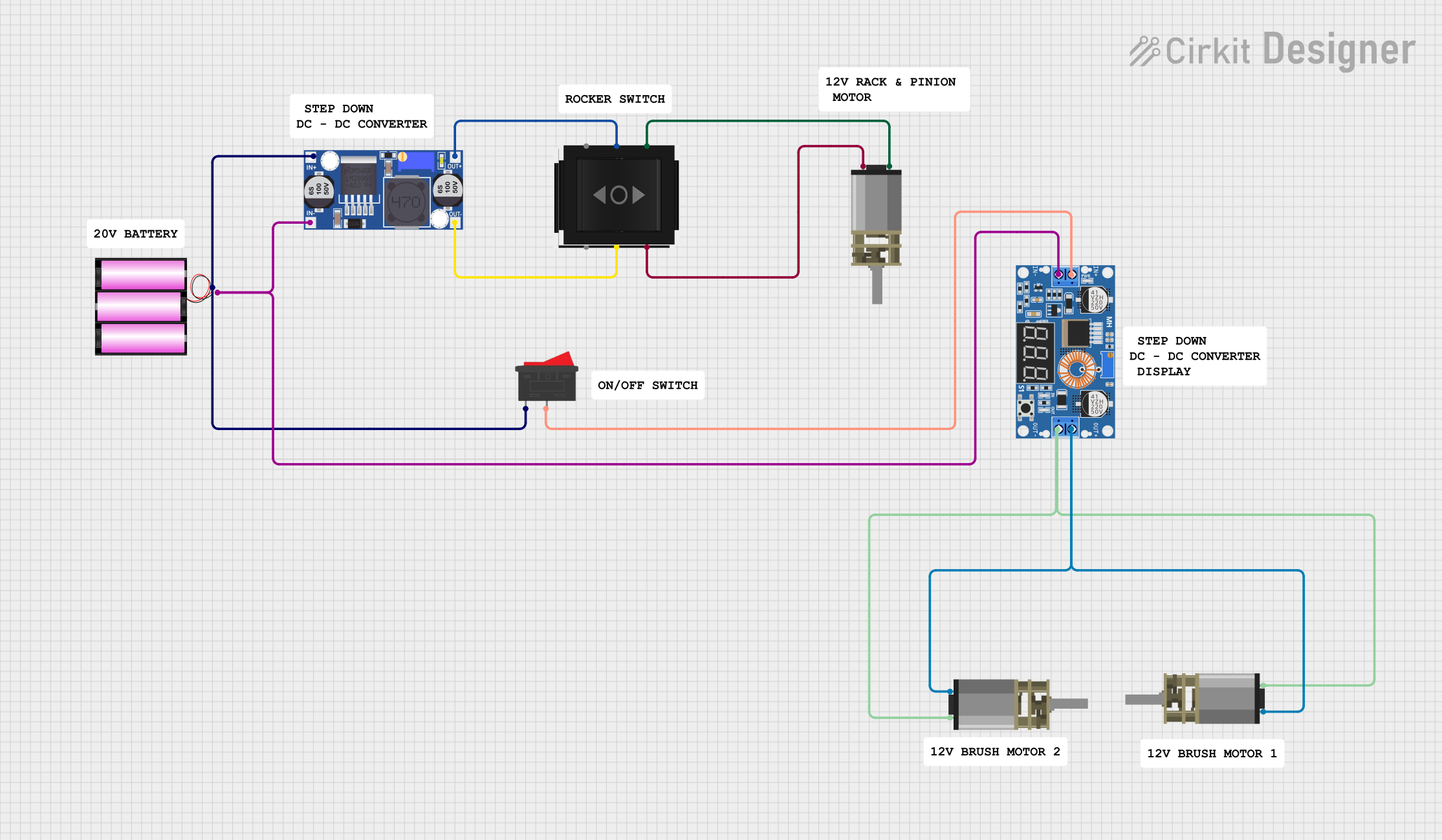
 Open Project in Cirkit Designer
Open Project in Cirkit DesignerExplore Projects Built with XL6015 BUST CONVERTOR

 Open Project in Cirkit Designer
Open Project in Cirkit Designer
 Open Project in Cirkit Designer
Open Project in Cirkit Designer
 Open Project in Cirkit Designer
Open Project in Cirkit Designer
 Open Project in Cirkit Designer
Open Project in Cirkit DesignerCommon Applications
- Power supply for microcontrollers and development boards
- LED drivers and lighting systems
- Battery charging circuits
- Voltage regulation in industrial and consumer electronics
- DC-DC conversion in automotive applications
Technical Specifications
The XL6015 is a versatile component with the following key technical details:
| Parameter | Value |
|---|---|
| Input Voltage Range | 5V to 38V |
| Output Voltage Range | 1.25V to 36V (adjustable via potentiometer) |
| Maximum Output Current | 5A |
| Efficiency | Up to 96% |
| Switching Frequency | 180 kHz |
| Operating Temperature | -40°C to +125°C |
| Package Type | TO-263-5L |
Pin Configuration and Descriptions
The XL6015 has a 5-pin configuration, as detailed below:
| Pin Number | Pin Name | Description |
|---|---|---|
| 1 | VIN | Input voltage pin (5V to 38V). Connect to the power source. |
| 2 | SW | Switching output pin. Connect to the inductor. |
| 3 | GND | Ground pin. Connect to the circuit ground. |
| 4 | FB | Feedback pin. Used to set the output voltage via a resistor divider. |
| 5 | EN | Enable pin. Pull high to enable the regulator, or low to disable it. |
Usage Instructions
How to Use the XL6015 in a Circuit
- Input Voltage Connection: Connect the input voltage (5V to 38V) to the
VINpin. Ensure the input voltage is higher than the desired output voltage. - Output Voltage Adjustment: Use the onboard potentiometer or an external resistor divider connected to the
FBpin to set the desired output voltage. - Inductor and Capacitor Selection: Choose an appropriate inductor and capacitors based on the input/output voltage and current requirements. Refer to the datasheet for recommended values.
- Enable Pin: Connect the
ENpin to a high logic level (or leave it floating) to enable the regulator. Pull it low to disable the output. - Ground Connection: Connect the
GNDpin to the circuit ground.
Important Considerations
- Heat Dissipation: The XL6015 can handle high currents, so ensure proper heat dissipation using a heatsink or adequate PCB thermal design.
- Input Voltage Range: Always ensure the input voltage is within the specified range (5V to 38V) to avoid damage.
- Output Voltage Ripple: Use low-ESR capacitors to minimize output voltage ripple.
- Inductor Selection: Choose an inductor with a current rating higher than the maximum output current to prevent saturation.
Example: Using XL6015 with Arduino UNO
The XL6015 can be used to power an Arduino UNO by stepping down a 12V input to 5V. Below is an example circuit and Arduino code to demonstrate its use:
Circuit Setup
- Connect a 12V DC power source to the
VINpin of the XL6015. - Adjust the potentiometer to set the output voltage to 5V.
- Connect the
GNDpin of the XL6015 to the Arduino's GND. - Connect the output of the XL6015 to the Arduino's 5V pin.
Arduino Code Example
// Example code to blink an LED on pin 13 of Arduino UNO
// Ensure the Arduino is powered via the XL6015 buck converter
void setup() {
pinMode(13, OUTPUT); // Set pin 13 as an output
}
void loop() {
digitalWrite(13, HIGH); // Turn the LED on
delay(1000); // Wait for 1 second
digitalWrite(13, LOW); // Turn the LED off
delay(1000); // Wait for 1 second
}
Troubleshooting and FAQs
Common Issues and Solutions
No Output Voltage
- Cause: The
ENpin is not connected or is pulled low. - Solution: Ensure the
ENpin is pulled high or left floating.
- Cause: The
Output Voltage is Incorrect
- Cause: The feedback resistor divider or potentiometer is not set correctly.
- Solution: Adjust the potentiometer or verify the resistor values.
Excessive Heat
- Cause: High current draw or insufficient heat dissipation.
- Solution: Use a heatsink or improve PCB thermal design.
High Output Ripple
- Cause: Poor capacitor selection or layout issues.
- Solution: Use low-ESR capacitors and ensure proper PCB layout.
FAQs
Q1: Can the XL6015 be used for battery charging?
Yes, the XL6015 can be used for battery charging applications. However, ensure proper current limiting and voltage regulation based on the battery type.
Q2: What is the maximum current the XL6015 can handle?
The XL6015 can handle up to 5A of output current, provided adequate cooling is implemented.
Q3: Can the XL6015 step up voltage?
No, the XL6015 is a step-down (buck) converter and cannot increase the input voltage.
Q4: Is the XL6015 suitable for automotive applications?
Yes, the XL6015 can be used in automotive applications, as it supports a wide input voltage range and operates efficiently.
By following this documentation, users can effectively integrate the XL6015 buck converter into their projects for efficient and reliable voltage regulation.